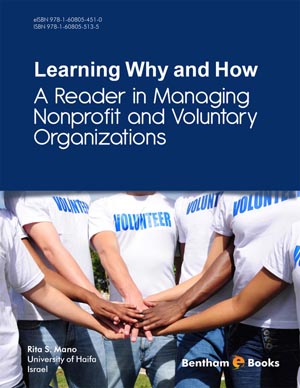Abstract
A blockchain can be described as a network of computers that is used to
digitally and immutably record transactions. Digital currencies, also referred to as
tokens, can be used on blockchain to make payments. Blockchain has the potential to
facilitate cross-border payments, as well as trace all transactions. This is an admirable
property, especially since the rise of know-your-customer (KYC), counter financing of
terrorism (CFT), and anti-money laundering (AML) requirements have been cited by
many banks as the primary reason for them terminating their correspondent banking
relationships (CBRs).
The main objective of the research paper is to explain how blockchain can be used to
facilitate cross-border payments.
Banks and money transfer organizations (MTOs) can adopt blockchain and distributed
ledger technology (DLT) to enable cross-border payments. The most practical option
would be to take the route of using a Payment as a service (Paas) provider and
outsource the payment services.
The Paas provider’s application processing unit (API) can be integrated with the
financial institutions payment systems. Therefore, when a payer attempts to may a
cross-border payment, on the bank end, the API will contact the Paas’ server to initiate
the transaction.
The payer’s local currency will be converted to a token, then transferred across the
blockchain to the payee’s bank. The token will then be converted to the payee’s local
currency, and deposited in the payee’s bank account. This entire process will take a few
minutes in contrast to the traditional CBR cross-border payment process that takes 5
days or more.









.jpg)


